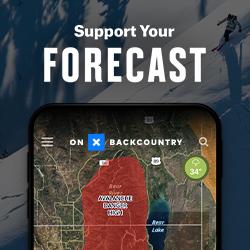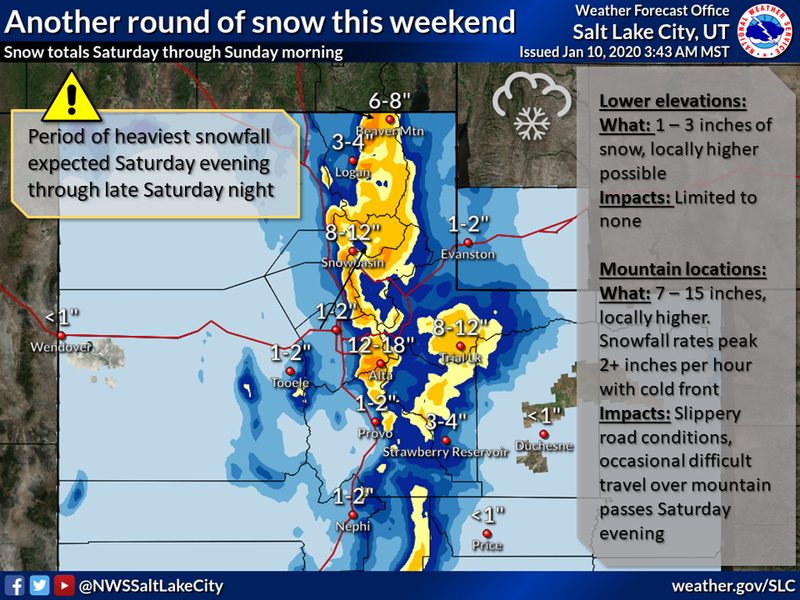Forecast for the Ogden Area Mountains

Issued by Mark Staples on
Friday morning, January 10, 2020
Friday morning, January 10, 2020
Today, upper and mid elevations with the strongest winds and most snow have a MODERATE danger. Low elevations with less snow and less wind have a LOW avalanche danger.
There are two avalanche problems to watch for: (1) soft slabs of wind drifted snow, and (2) sluffing within the new snow. Here's the thing - the danger can vary widely. Any wind loaded slope will be more likely to produce an avalanche than a non-wind loaded slope. The danger ratings reflect general trends.
Heads up if riding near Farmington or Bountiful - scroll to the bottom for more info

Low
Moderate
Considerable
High
Extreme
Learn how to read the forecast here






